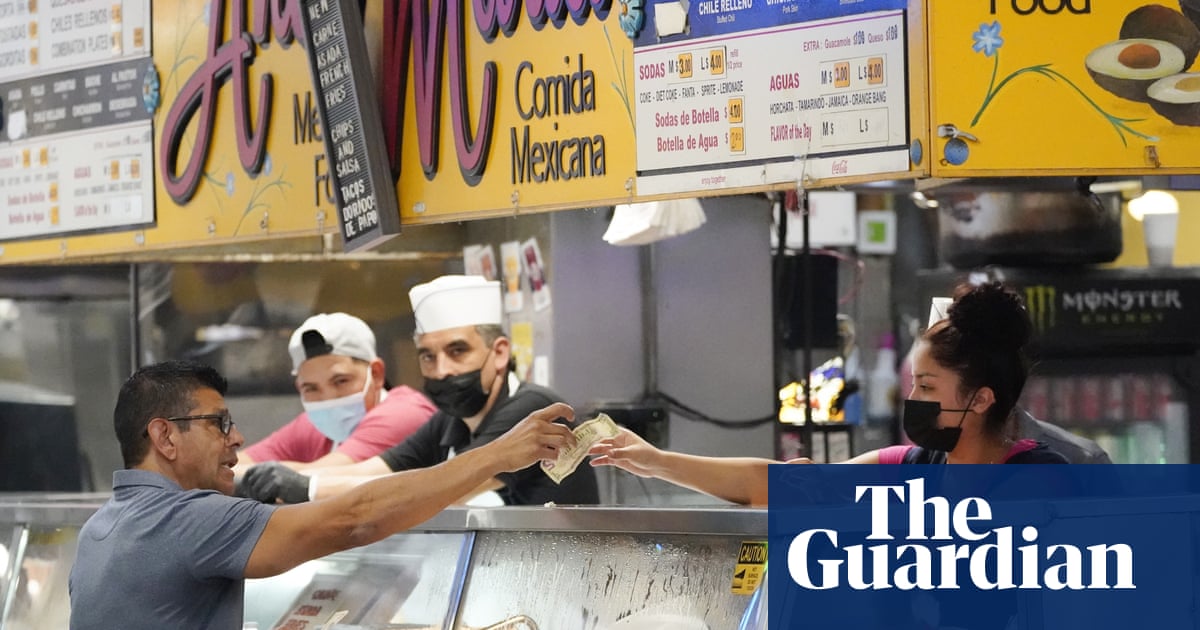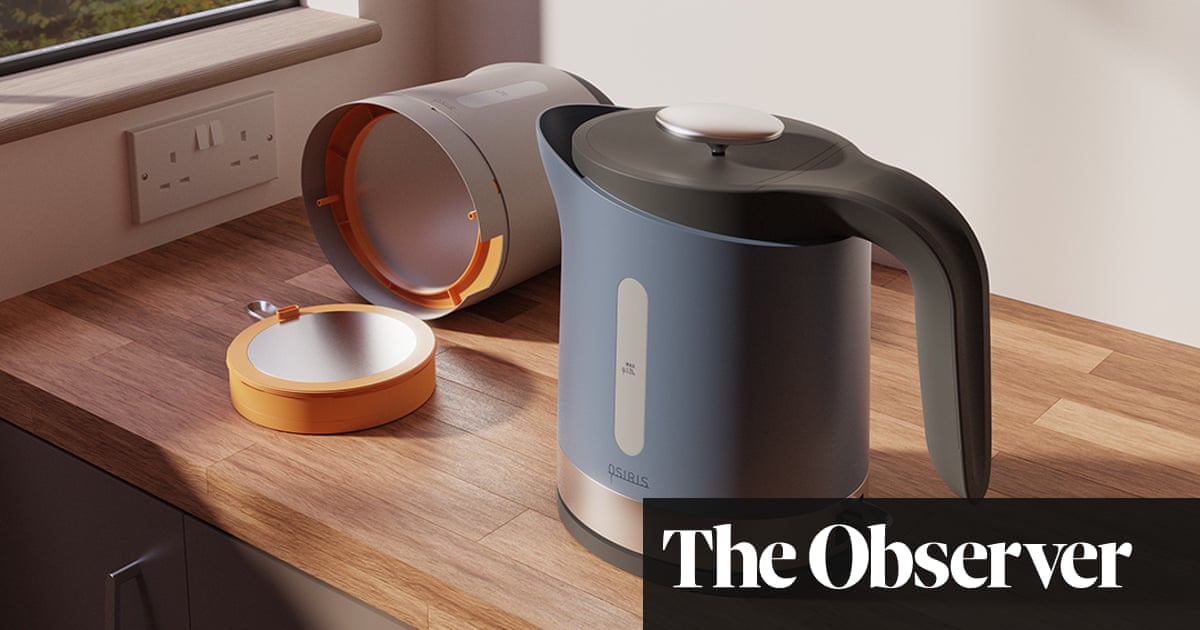âThe lunch rush is dead,â an NBC News headline announced this week. Blame it on working from home, tighter budgets, inflation or all of the above: transaction data pulled by the digital-payments app Square found that midday food spending was down 3.3% nationwide last year compared with 2019. The decrease was steeper in some cities, including Boston, Atlanta and Dallas.
While a full obit for the humble lunch break might be premature, a recent report from the University of Toronto backed up the hypothesis that Americans want to spend more on weekend luxuries than a lunch bill. The study found that foot traffic in major US cities remains low on workdays, but higher during the weekend.
âThatâs been the largest transformation in the last four or five years â the consumer habits of office workers,â Ara Kharazian, research lead at Square, told NBC News. âBut that money has gone somewhere else. Weâre seeing consumers instead spend money on the weekends.â
A perfect storm of rising meal expenses and shrinking break times is interfering with peopleâs ability to enjoy the workday ritual.
On Reddit, users said they often had to bring in food from home to eat at their desks, or wherever they could quickly shovel bites in. âI have an hour for lunch, but Subway is $10 after tax for a damn sandwich, and the actual restaurants are $20-$30,â one wrote. âIâm just going to bring my own food to work, thanks.â
âI work in construction and only get 30 minutes for lunch,â another user wrote. âIf I wanted to go out for lunch, my entire lunch break would be taken up by the drive out of the facility, picking up the food, and waiting to get back into the facility because thereâs only one entrance and security guard to check us in. So Iâm forced to bring lunch in from home and have it in the crew trailer.â
Other notable comments on the thread included: âIf lunch costs more than an hour of labor Iâm eating inâ and âAll the comments in this [subreddit] thread are depressingâ.
Lunch breaks â which have existed since the industrial revolution â have always been about more than just food. Lunch has also long been a source of tension between management and workers. By the late 19th century, factory owners began allotting a specific amount of time to break for lunch, one that would maximize worker output and make bosses the most money.
âA factory owner wanted to make sure they got the most out of their workers, so they started controlling when they could eat lunch,â said Megan Elias, an associate professor at Boston University and author of Lunch: the History of a Meal.
Before labor unions became widespread and bargained for breaks and time off, lunch was one of the few moments of the workday employees had to themselves. âThese were 12-, 14-, 16-hour days,â said Sarah Wassberg Johnson, a historian who studies food and culture. âThe lunch break allowed workers to rest in addition to eating a meal that would help them keep their energy up for the rest of the shift.â
As the 20th century unfurled, the amount of time a person spent on lunch corresponded to their social status. Factory workers tended to have the shortest breaks, while clerical employees had more freedom to head to a coffee shop, cafeteria or automat.
Upper management âflexed their authority by taking as long as they feltâ, Elias said, sometimes justifying the âworking lunchâ as a place to make deals â though how much actual work titans of industry got done during those infamous âthree-martini lunchesâ remains up for debate.
Even if they werenât out dining, workers on the lower rungs found lunch to be a highlight of the day, a sliver of freedom from the drudgery of employment. âItâs unsupervised, and you get to choose what to eat or where to go, so itâs this return to yourself,â Elias said. âLunch really breaks the control the employer has over an employee for a little while.â
To this day, itâs also a way to forge camaraderie and connections with co-workers. Adrian Einspanier wrote Lunch Bunch, a play that ran at New Yorkâs 122CC theater last year, about their friend, a public defender in the Bronx who operated a lunch-sharing program with their co-workers to distract them from their chaotic work environment.
âIt became a way they could take care of each other,â Einspanier said. âItâs a way to share the burden of this super-brutal system they were working under.â
This is not the first declaration that lunch is dead. According to Elias, in the 1990s, lunch âdisappearedâ for a while. âThere was this idea that it was weak to stop for lunch,â she said. Millennial work culture of the 2010s prioritized hustle and the grind, which gave way to the so-called âsad desk lunchâ, a totem of hypercapitalism, where office workers memed their solo, undignified meals eaten in front of a computer monitor.
âThe fact that the sad desk lunch was mocked meant that weâre still interested in connecting with others over work meals,â Elias added. âI donât know what exactly people will be eating for lunch in the future, but I do think that people will keep eating together.â



